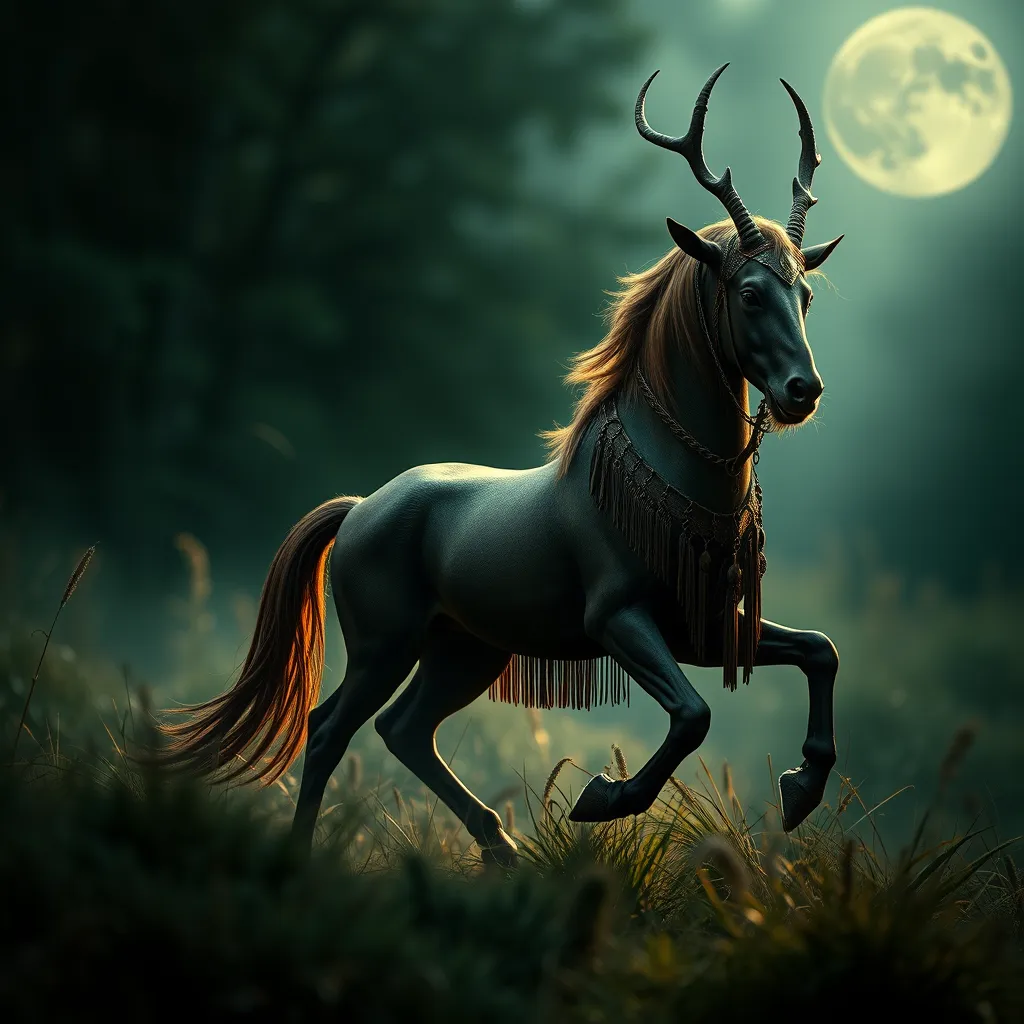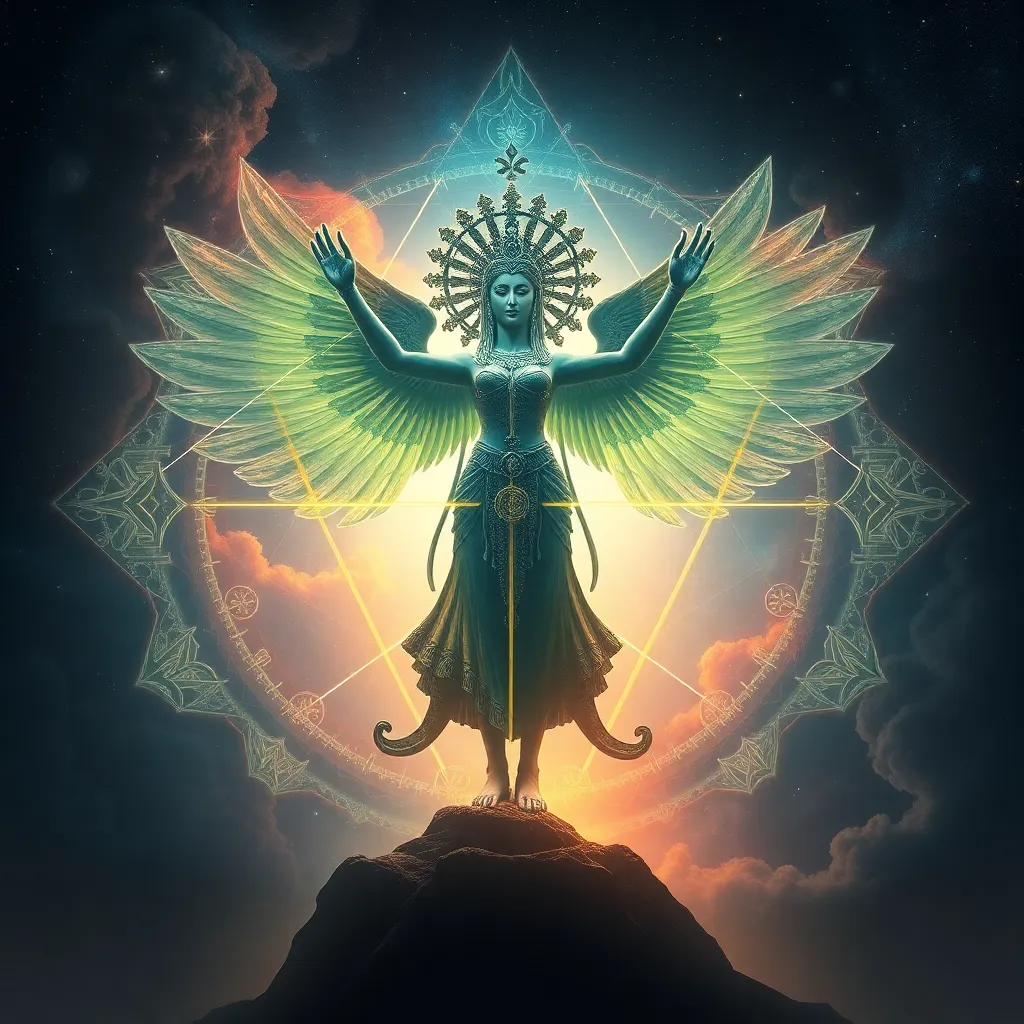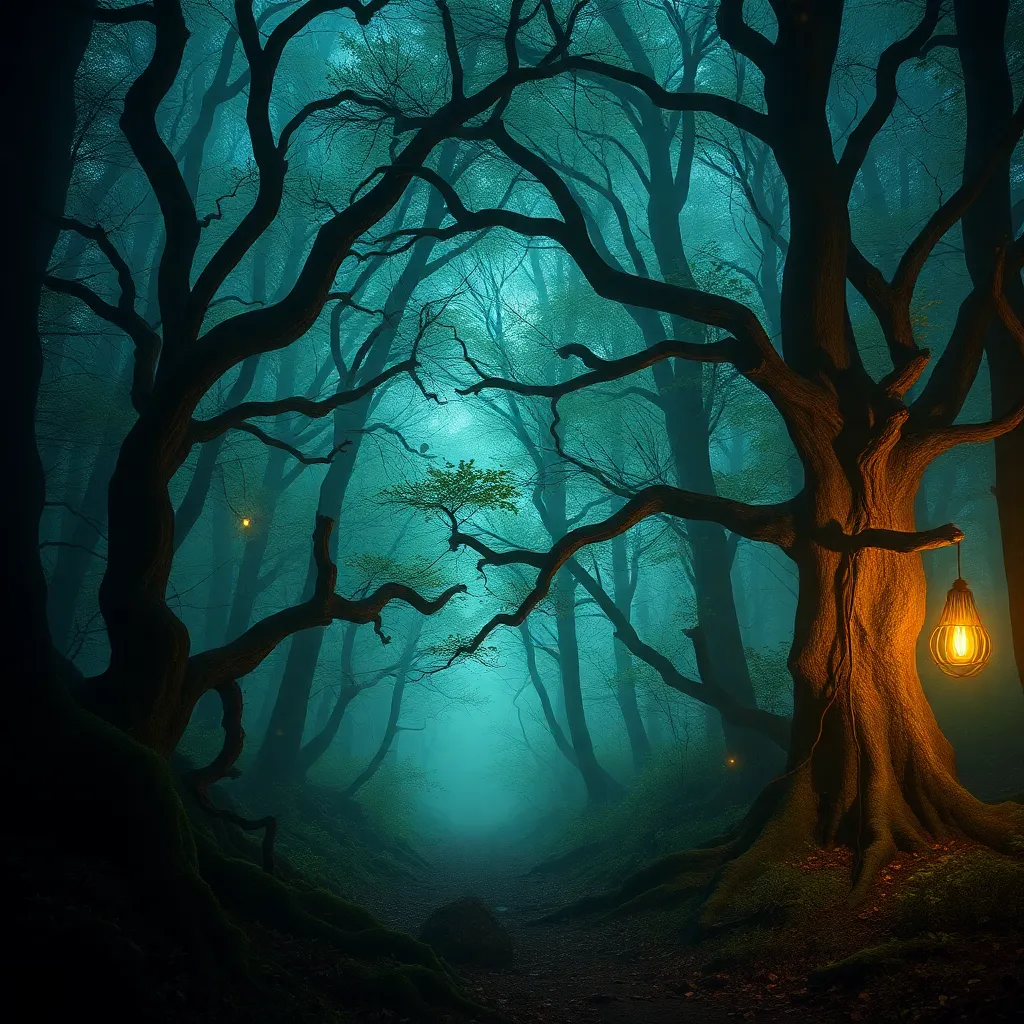The Centaur in Indigenous American Mythology: The Centaur’s Presence in Indigenous American Beliefs
I. Introduction
A centaur, in mythological terms, is a creature that possesses the upper body of a human and the lower body of a horse. This archetype has its roots in ancient Greek mythology, where centaurs often represented the conflict between civilization and wildness. However, the exploration of centaur-like beings within Indigenous American mythology reveals a different cultural significance and context.
Indigenous American beliefs and mythology are rich and diverse, encompassing a wide range of stories, symbols, and spiritual practices that reflect the unique relationship between Indigenous peoples and the natural world. Understanding the presence of centaur-like figures within these mythologies provides insight into how Indigenous cultures interpret human-animal relationships and the themes of duality, strength, and harmony.
This article aims to explore the centaur’s presence in Indigenous American mythology, examining historical contexts, hybrid beings, cultural significance, and contemporary interpretations.
II. Historical Context of Indigenous American Mythology
Indigenous American cultures are vast and varied, with over 500 distinct tribes, each possessing unique mythological frameworks and beliefs. These cultures have historically viewed the world as interconnected, with spiritual narratives explaining natural phenomena, human behavior, and societal values.
The arrival of European colonizers profoundly affected Indigenous mythologies, often leading to the suppression of traditional beliefs and stories. Despite this, many Indigenous communities have worked to preserve their cultural heritage and have witnessed a resurgence in the interest and practice of their ancestral narratives.
III. The Concept of Hybrid Beings in Indigenous Mythology
Hybrid beings are a common theme across many Indigenous cultures, symbolizing the connection between humans and the natural world. These beings often embody traits of both humans and animals, reflecting a deep understanding of ecological relationships.
- Mermaids: Found in various cultures, these beings often symbolize the duality of humanity and nature.
- Skinwalkers: In Navajo culture, skinwalkers are shapeshifters, representing the complex relationship between humans and animals.
In this context, centaur-like figures can be seen as embodiments of duality, representing the balance between human intellect and animal instinct. They serve as a bridge between the physical and spiritual realms, often carrying significant symbolic weight in Indigenous narratives.
IV. The Centaur Archetype in Indigenous American Stories
While centaurs as specifically named beings may not exist in Indigenous American mythology, there are various figures that embody similar characteristics.
- Horse People: In some tribes, figures that exhibit traits of both humans and horses are celebrated in stories, symbolizing strength, freedom, and connection to the land.
- Tricksters: Characters like Coyote or Raven, while not equine, often embody hybrid traits and serve a similar role in the narrative landscape.
These figures often play crucial roles in storytelling, serving as guides, protectors, or embodiments of cultural values. The cultural significance of equine-human hybrids lies in their representation of the importance of horses in Indigenous cultures, particularly after their introduction by Europeans.
V. Symbolism of the Centaur in Indigenous Beliefs
The centaur symbolizes a harmonious relationship between nature and humanity, embodying the balance that is often sought in Indigenous spiritual practices.
- Harmony: The centaur represents the intertwining of human and natural elements, emphasizing the importance of living in balance with the earth.
- Duality: As a hybrid, the centaur signifies the coexistence of opposing forces, such as civilization and wildness or spirit and matter.
- Strength and Freedom: The equine aspect of the centaur symbolizes movement and freedom, qualities that are highly valued in Indigenous cultures.
VI. Contemporary Interpretations of the Centaur in Indigenous Art and Literature
Modern Indigenous artists and writers have begun to incorporate centaur imagery into their work, reflecting a blend of traditional beliefs and contemporary narratives.
- Visual Arts: Artists may depict centaur-like figures to explore themes of identity, belonging, and the relationship between humans and nature.
- Literature: Writers utilize centaur imagery to draw connections between ancient stories and modern experiences, often addressing issues of colonialism, identity, and cultural reclamation.
This incorporation serves as a tool for cultural expression, allowing Indigenous peoples to reclaim their narratives and assert their identities in a contemporary context.
VII. The Centaur’s Role in Indigenous Spiritual Practices
Rituals and ceremonies involving horse-human symbolism are significant in many Indigenous cultures. Horses, introduced to the Americas by Europeans, quickly became integral to many tribes, leading to a blending of equine and human symbolism.
- Healing Practices: The centaur-like figures may be invoked in healing ceremonies, representing the integration of body, spirit, and nature.
- Spiritual Beliefs: The enduring relevance of centaur figures in contemporary Indigenous spirituality highlights their significance in understanding the relationship between humanity and the natural world.
VIII. Conclusion
The centaur’s significance in Indigenous American mythology reveals a complex interplay between human and animal, nature and culture. As a symbol of harmony, duality, and strength, centaur-like figures help articulate the values and beliefs of Indigenous peoples.
Preserving Indigenous narratives and beliefs is crucial for maintaining cultural identity and understanding the rich tapestry of human experience. Further research and appreciation of Indigenous mythological frameworks will not only enrich our understanding of these cultures but also promote respect for their enduring legacies.



